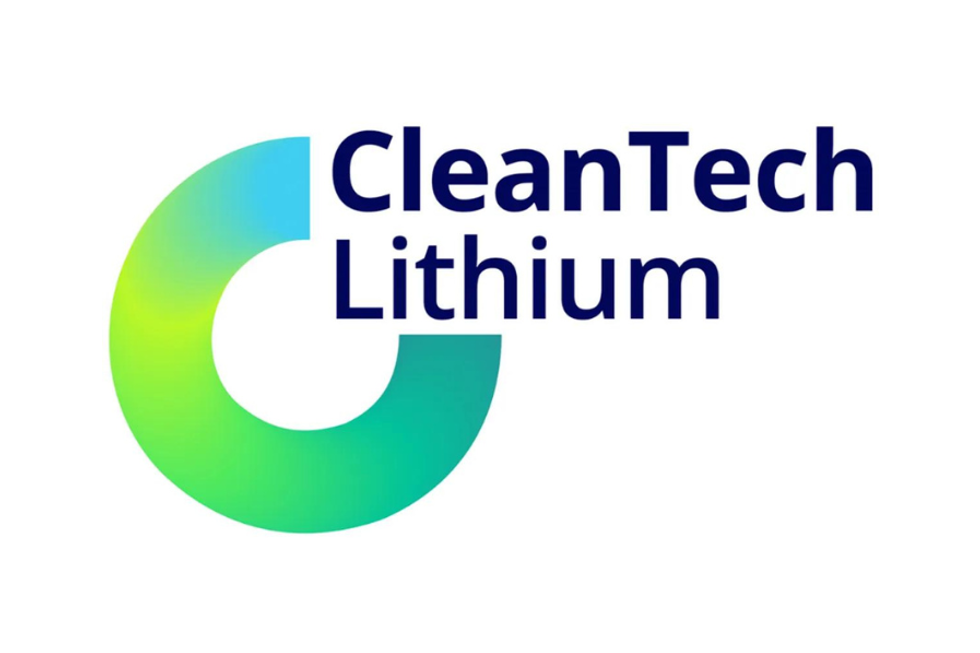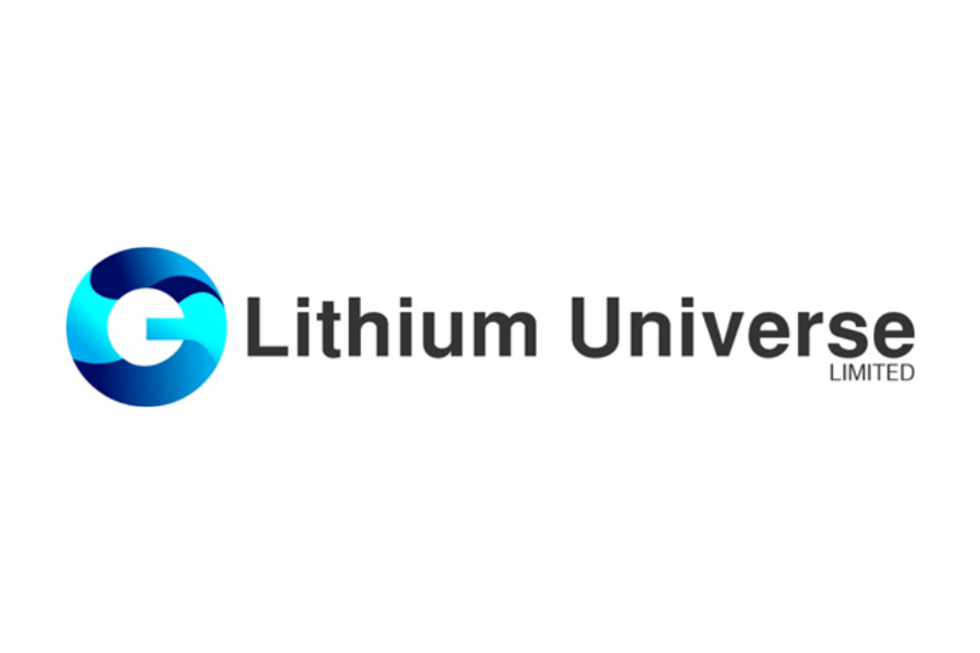The Investing News Network looks at major events, announcements and developments in the battery metals space in August.
The most important news in the cobalt space in August came from top producer Glencore (LSE:GLEN,OTC Pink:GLCNF), which announced plans to shut down the Mutanda mine in the Democratic Republic of Congo (DRC) at the end of the year as it is no longer economically viable.
Mutanda is the world’s largest cobalt mine, with cobalt output reaching more than 27,000 tonnes last year — a fifth of global cobalt supply.
Up until August, the price of cobalt had declined more than 40 percent in 2019 due to a surge in supply in the DRC, but the news from Glencore sent cobalt on a rebound. According to analysts, prices for some cobalt products increased more than 30 percent in the days after the announcement, with UBS (NYSE:UBS) forecasting that prices for the battery metal could jump 60 percent to reach US$20 per pound in the next 18 months.
However, at the current price, between 20 and 30 percent of global cobalt mine supply is at risk of disappearing in 2020, says cobalt producer Eurasian Resources Group (ERG). To regain lost supply in the short term, a sustained price of US$15 is needed.
“In the long-term, US$20 per pound and above is required to attract much-needed capital to the industry,” ERG CEO Benedikt Sobotka said.
Looking over to lithium, CRU Group released a note saying it expects lithium prices to trade in the single digits in the long term as cost fundamentals triumph over market hype. CRU’s spodumene production cost forecast is around US$525 per tonne, or US$8,000 tonnes of lithium carbonate equivalent (LCE).
“Many market players continue to forecast long-run prices for lithium in the mid-teens LCE, citing refinery bottlenecks and the potential for ramp-up delays in the mining and refining sector,” analysts at CRU said. “Based on previous experience in other commodities, CRU finds this argument unconvincing.”
Also last month, major producers released quarterly results. China’s Tianqi Lithium (SZSE:002466) saw a decline in profits due to a drop in lithium chemical product prices and increasing financial costs.
Earnings for Chile’s SQM (NYSE:SQM) fell as well due to the slump in lithium prices and as the company sold lower-grade and lower-quality products to China during the quarter. SQM is expecting prices to average US$10,000 during Q3.
“The second quarter results were mainly impacted by lower lithium sale prices,” SQM CEO Ricardo Ramos said in a release. “We have seen lithium supply growing more than demand over the past few quarters, putting pressure on prices.”
Chinese giant Ganfeng Lithium (OTC Pink:GNENF,SZSE:002460) also reported a decline in profits during the first half due to lower prices and despite seeing bigger sales volumes.
Meanwhile, Albemarle (NYSE:ALB) saw a slight increase in sales demand, up 2.3 percent compared to a 30.2 percent jump seen in the same quarter last year. The US-based company has revised a deal to buy the Wodgina mine to cut on capital expenditures.
“The timing and location of any further lithium hydroxide conversion capacity in this joint venture will be based on market dynamics, the forecasted demand of customers and will be funded 60-40 by Albemarle and Mineral Resources (ASX:MIN),” Albemarle said in a statement.
Don’t forget to follow us @INN_Resource for real-time updates!
Securities Disclosure: I, Priscila Barrera, hold no direct investment interest in any company mentioned in this article.






